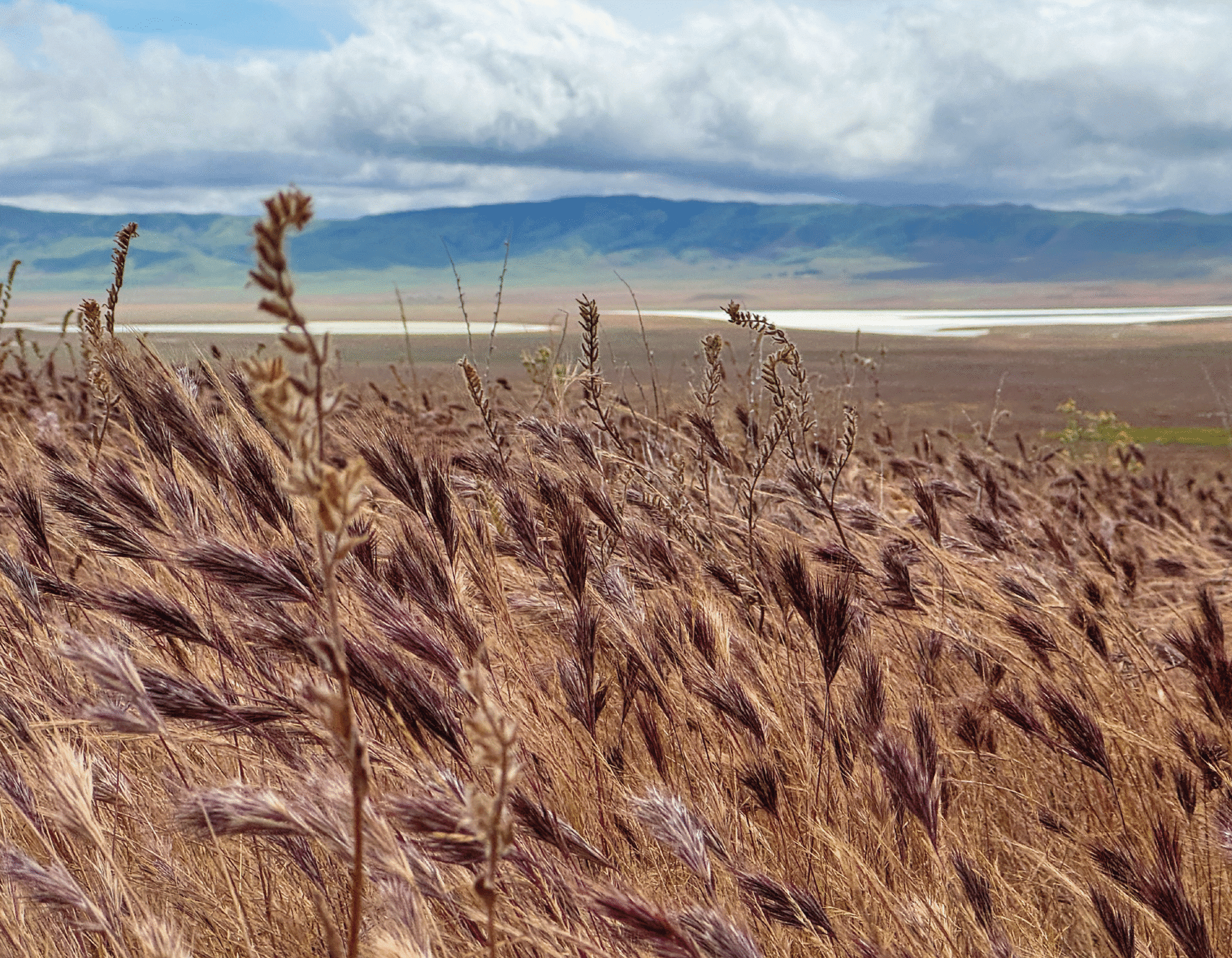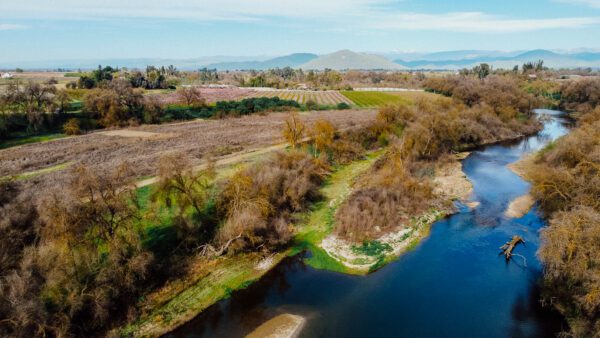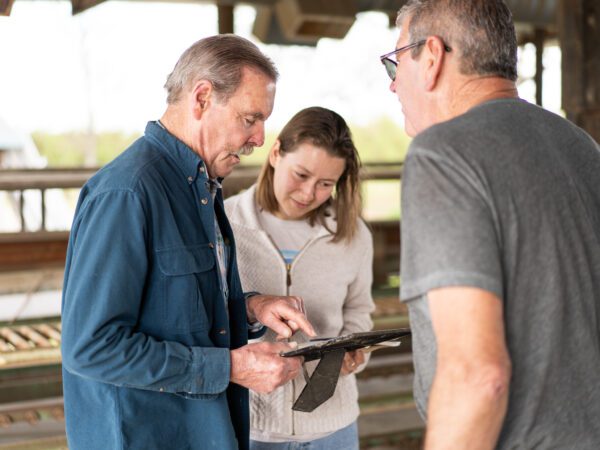
Land Protection
Agricultural and Conservation Easements

Sequoia Riverlands Trust envisions a future where sustainable agriculture drives our regional economy, and connected conserved lands expand habitat and deepen quality of life. Our land protection work ensures that the vital lands and waters of California’s heartland continue to support both ecological health and economic prosperity in perpetuity.
Land Protection Approaches
Landowner Resources
Land Protection Approaches
At Sequoia Riverlands Trust, land protection is a collaborative effort. We work hand-in-hand with farmers, ranchers, conservation partners, tribes, and local communities to preserve the lands that define California’s heartland. From wildlife corridors and watersheds to working farmland and rangelands, we are committed to ensuring a future where land conservation supports both people and nature.
Voluntary Land Protection Agreements
What is it?
Voluntary land protection agreements (often called conservation easements) between a landowner and Sequoia Riverlands Trust establish the allowable future uses of a property. The terms are written in accordance with the landowner’s values and upheld in perpetuity by Sequoia Riverlands Trust regardless of future ownership changes. Essentially, conservation easements are voluntary restrictions on the use of privately owned land, generally designed to be appropriate to the specific circumstances and concerns of both the landowner and the easement holder.
Sequoia Riverlands Trust works with landowners to design easement provisions allowing continued economic use of their land, while conserving the land’s important natural features. As a result, no two conservation easements are alike. By voluntarily limiting some activities, a conservation easement allows a landowner to retain private ownership while also achieving other goals, like protecting family farming operations, preserving open space or conserving habitat for wildlife. Typically, a conservation easement limits subdivision and non-agricultural, commercial uses.
Why do it?
Landowners choose to donate or sell conservation easements for a variety of reasons. Often, the decision comes from the landowner’s connection to their land, and their desire to see it remain intact and used for agriculture, open space, or wildlife habitat into the future. Many people also want to ensure that their children can inherit their property in its entirety. By reducing the land’s appraised value through a conservation easement, property and estate taxes may be lowered.
Sequoia Riverlands Trust can help landowners protect their property by purchasing conservation easements and then holding the title to these easements. Landowners also can make a charitable contribution of land or conservation easements to Sequoia Riverlands Trust, usually qualifying them for significant income tax deductions.
Traditional Conservation Easements
Conservation easements are voluntary agreements between landowners and Sequoia Riverlands Trust that permanently protect land from development while allowing continued private ownership and use. These agreements are tailored to each property and its owner’s goals, ensuring protection of natural and cultural values for future generations.
Agricultural Conservation Easements
Designed to keep working farms and ranches in production, agricultural conservation easements prevent conversion to non-agricultural uses while allowing sustainable land management. These easements help maintain local food systems and strengthen regional economies.
Habitat Mitigation Conservation Easements
Developers and agencies looking to offset environmental impacts can work with Sequoia Riverlands Trust to establish mitigation easements. These legally binding agreements ensure that land is managed specifically to compensate for habitat loss elsewhere, supporting long-term ecological balance.
Fee-Title Acquisition
What is it?
Fee-title acquisition involves the outright purchase or donation of land, transferring full ownership to Sequoia Riverlands Trust. Unlike voluntary land protection agreements, where landowners retain ownership while limiting property uses, fee-title acquisitions allow Sequoia Riverlands Trust to manage and steward the land directly. This approach is used most often to protect ecologically significant areas, establish nature preserves with public access, and restore vital habitats that have been degraded.
When Sequoia Riverlands Trust acquires land through fee-title, it ensures long-term conservation and active management for ecological health, water conservation, public benefit, and compatible land uses such as education, research, tribal access, and habitat restoration. In most cases, the land may also be leased to a sustainable agricultural use that also helps meet the goals of our land management plan. For instance, having cows graze at Kaweah Oaks Preserve helps us keep vegetation at manageable levels and mitigate against fire risk. Occasionally fee-title lands are transferred to partner organizations, agencies, or tribes.
Why do it?
Fee-title acquisitions play a crucial role in landscape-scale conservation efforts, protecting open spaces, wildlife corridors, and working lands while enhancing regional climate resilience and offsetting development pressures. When Sequoia Riverlands Trust is the property owner it allows more robust and adaptable management, opens opportunities for public access and educational opportunities, and large-scale habitat restoration.
Landowners may choose to sell or donate land to Sequoia Riverlands Trust to protect the ecological values in perpetuity. Donations of land can provide significant tax benefits, including income tax deductions and potential estate tax reductions. Selling land to SRT provides landowners with financial compensation. More importantly, it offers peace of mind—knowing that their land will be safeguarded for generations to come.
Nature Preserves
Sequoia Riverlands Trust owns and manages nature preserves protecting ecologically significant landscapes in the Tulare Basin and San Joaquin Desert. These preserves provide habitat for native species, support scientific research, and offer educational and recreational opportunities for the public!
Land Management
In addition to holding easements and preserves, Sequoia Riverlands Trust can be a contracted land manager for sensitive lands. These properties allow us to implement restoration projects, manage invasive species, and work directly with stakeholders to enhance ecosystem services.
Take a Look!
INTERESTED IN PROTECTING YOUR LAND?
What is a Voluntary Land Protection Agreement (Conservation Easement)?
Sequoia Riverlands Trust strives to help landowners retain their lands in private ownership and sustainable management in an increasingly unknown future. Voluntary land protection agreements, often called “conservation easements,” are elective legal agreements that lay out a landowner’s commitments to protect the existing character of their property.
Partnering with landowners allows Sequoia Riverlands Trust to implement voluntary land protection agreements to ensure that the treasured conservation and agricultural values of vital lands will be preserved in perpetuity.
Interested in exploring what voluntary land protection might look like on your lands?
Fill out the questionnaire through the button below, and our specialist will contact you to follow-up with a one-on-one consultation.
How does it work?
- A unique agreement is proposed and written in accordance with the landowner’s wishes
- Conservation easements keep land in private ownership and allow the landowner to continue to own and operate their property while protecting it from development.
- The monetary value of the easement is the difference between the value of the land with the easement and its value without the easement. This determination is made by a qualified appraiser.
- Land trusts must also obtain stewardship funds (easement “endowments”) to cover the expenses of permanently monitoring the land protected by the agreement to ensure the terms are being met, even if land ownership changes.
Why do it?
- The terms of the agreement will be upheld in perpetuity.
- Landowners could see potential federal and state tax benefits.
- Easement terms are tailored so that landowner needs, agricultural uses, and conservation goals can all be satisfied.
- Perpetual protection of natural resources, habitats, agriculture, and scenic landscapes.
- Contributions to the health and longevity of local environments, economies, food supply and communities.
Sustainable Agricultural Lands Conservation (SALC) Program
As California strives to protect working lands and combat irresponsible development, the Sustainable Agricultural Lands Conservation (SALC) program helps safeguard farmland and ranchland. By funding agricultural conservation easements, SALC ensures agricultural lands remain productive and continue to support our local economies.
Funds for this work are made available through Strategic Growth Council’s Sustainable Agricultural Lands Conservation Program (SALC) in collaboration with the Department of Conservation. SALC is part of California Climate Investments, a statewide initiative that puts billions of Cap-and-Trade dollars to work reducing greenhouse gas emissions, strengthening the economy, and improving public health and the environment—particularly in disadvantaged communities.
Kaweah Multibenefit Land Repurposing Program (MLRP)
As California faces ongoing drought and groundwater challenges, the Kaweah Multibenefit Land Repurposing Program (MLRP) is providing landowners with sustainable alternatives to traditional farming. From groundwater recharge and native habitat restoration to dryland agriculture and renewable energy, this initiative helps balance agricultural needs, water conservation, and community well-being.
Learn more about how land repurposing is shaping the future of the Central Valley.

Sound like you?
Sequoia Riverlands Trust would love to connect with you to discuss your vision and questions one-on-one with a Land Protection Outreach Specialist. Here’s what you can do:
- Fill out the interest form through the button below to help evaluate viable land protection options for you and your land.
- Look out for an invitation to a preliminary meeting to discuss your goals and potential paths forward after review.
